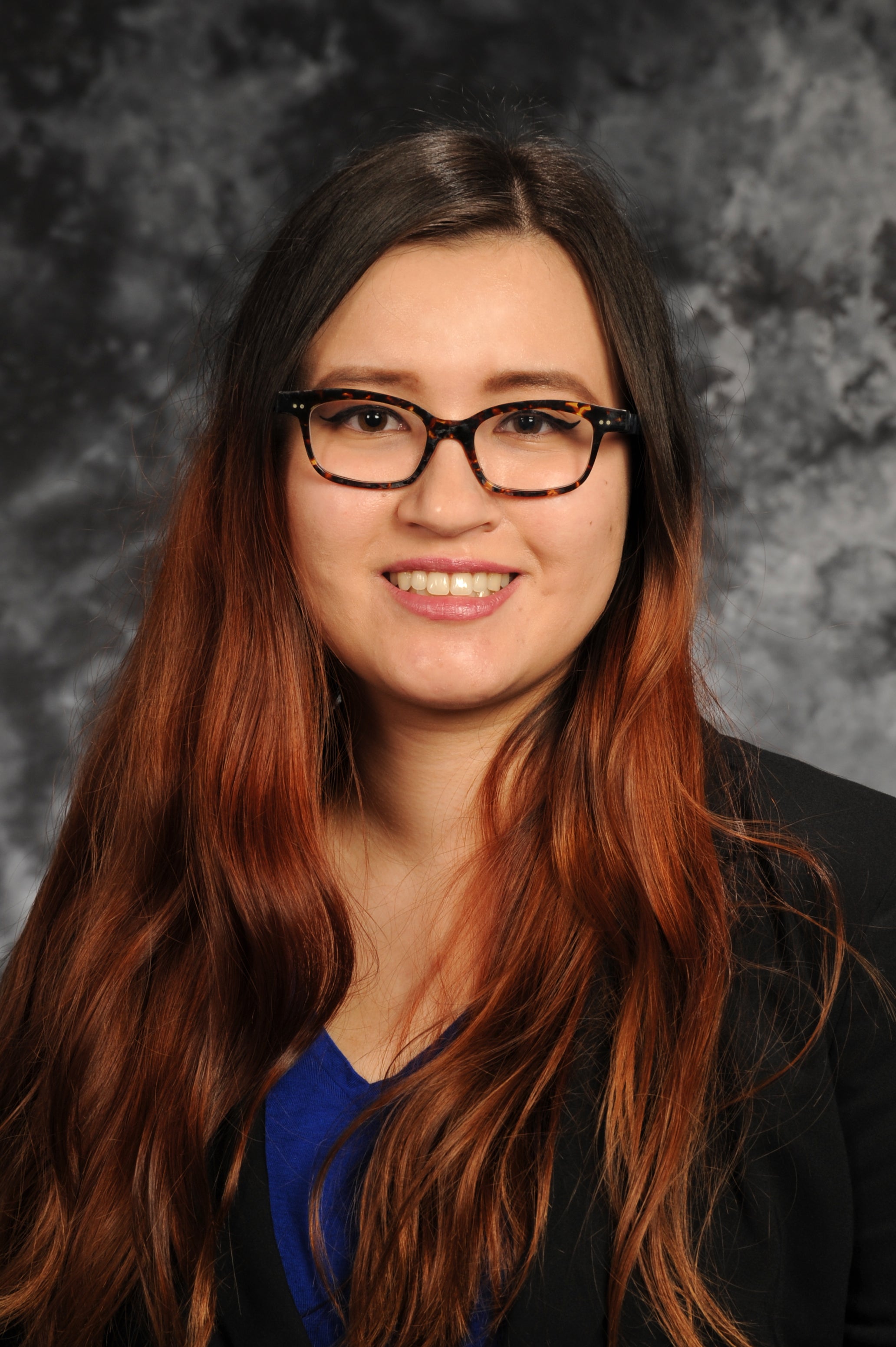
Fifth-year materials science and engineering doctoral student Ember Sikorski has been awarded a 2020 Innovations in Nuclear Technology Research and Development Award.
This prestigious award from the Office of Nuclear Technology Research and Development within the U.S. Department of Energy is designed to facilitate innovation and support disciplines related to nuclear technology. Sikorski’s awarded research deals with the study of a type of nuclear fuel, uranium nitride, that is more accident-tolerant than the current fuel, uranium dioxide.
Sikorski hails from El Paso, Texas, and she chose Boise State “for the computational research in nuclear energy and the friendly, supportive atmosphere of the department.” An unexpected opportunity to work with Idaho National Laboratory has had an enormous impact on her education and research experiences.
“I’m very thankful for the strong relationship between Boise State and Idaho National Lab that has allowed me to be on such exciting projects. I honestly had no idea when I came to Boise State that I would get to work with/at the leading nuclear energy national lab. My advisor and collaborators have been amazing in building this connection and have made these projects very rewarding to work on,” said Sikorski.
Interview with Sikorski
Q: What is your research about?
“We want to be able to test new fuels under accident scenarios, which means subjecting them to high temperatures and irradiation in a research reactor. Due to the extreme environment, some insight is limited to comparing the fuel before and after its time in the reactor. If we want real-time data, our sensors must be just as durable if not more so than the fuel.
“During the past summers I have helped to build the sensors and this summer I am focusing on modeling their performance. If the sensors are used to better understand the fuels, what is used to better understand the sensors? How accurate is the data they obtain, what affects that accuracy, and can we design material solutions to improve that accuracy? Through modeling I can contribute to our understanding of how these sensors evolve in such an extreme environment and how that evolution affects their performance.
“I work closely with our experimental collaborators so that we can get a more complete picture of the sensor performance than we could from either modeling or experiment alone. Ultimately, I hope my work helps the development of the sensors as they continue to be used in research reactor experiments. In turn, the research reactor experiments contribute to the development of safer, more efficient nuclear power.”
Q: What about this work excites you?
“I’m very passionate about developing energy sources that combat climate change and will be able to continue to supply us with power as fossil fuels run out. I love that I can use modeling to zoom in on the phenomena happening at the atomic level. It’s exciting for me whenever I look at the result of a calculation and I’m the first person to see this material’s behavior. I get to contribute both to the development of a technology and the scientific understanding. I’ve also really enjoyed the opportunity to be a part of a project that has developed so rapidly.”